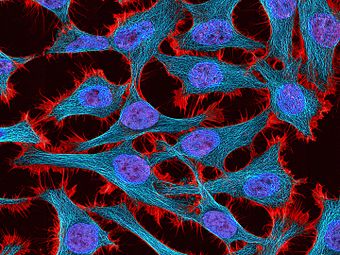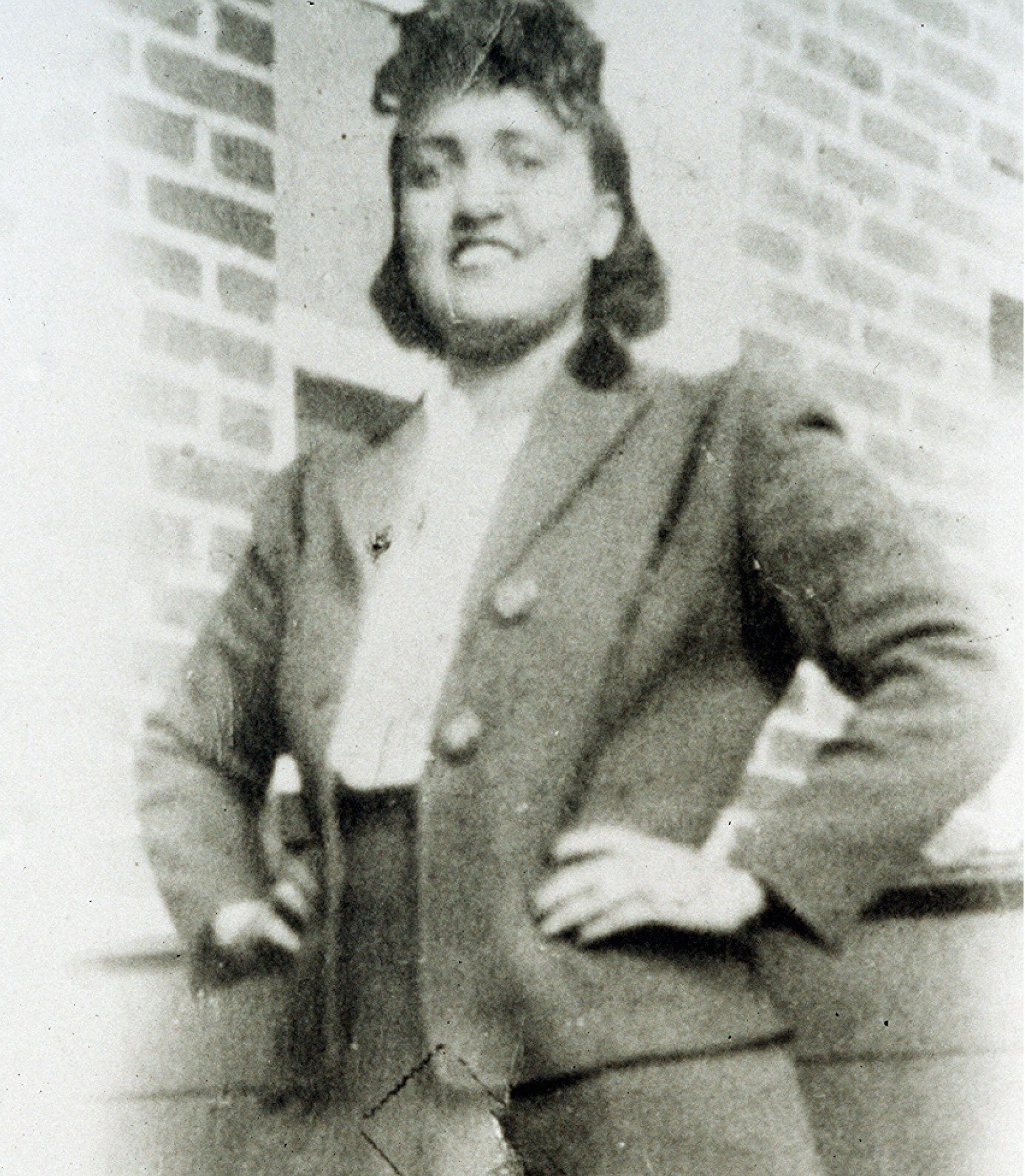
- It was in the winter of 1951 when Henrietta Lacks, a young black woman of 31 went to the medical clinic of Johns Hopkins University in Baltimore to seek medical treatment.
- The examining physician found a malignant tumor within her cervix.
- Some of the cancerous tissue was taken to a laboratory for cultivation.
- In spite of intensive radiation treatment, the tumor continued to grow. Eight months after her first visit to the clinic, the cancer had spread throughout her whole body and she died.

- But the tumor cells taken from Henrietta Lacks thrived; they divided and doubled their number every 24 hours.
- Cells taken previously from the tumors of dozens of other patients had not grown at all, or grew only poorly and then died off.
- The cancer cells of Henrietta Lacks continued to flourish in culture in Petri dishes. These cells, now code-named HeLa cells, became one of the best-known continuous tissue-culture cell lines.
- HeLa cells are widely used in research because they are so readily available, so versatile, and so easy to propagate serially.
- They have been dubbed the “cells that would not die”.
- Thus, Henrietta Lacks left behind her the first widely available model of human tissue in-vitro for scientific investigation.
- Perhaps her legacy will help to conquer the disease that vanquished her in 1952.